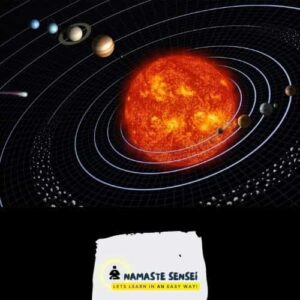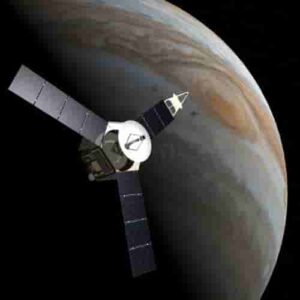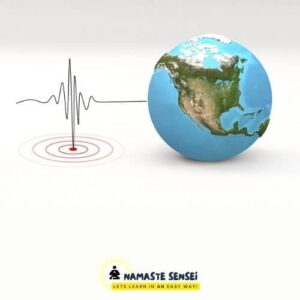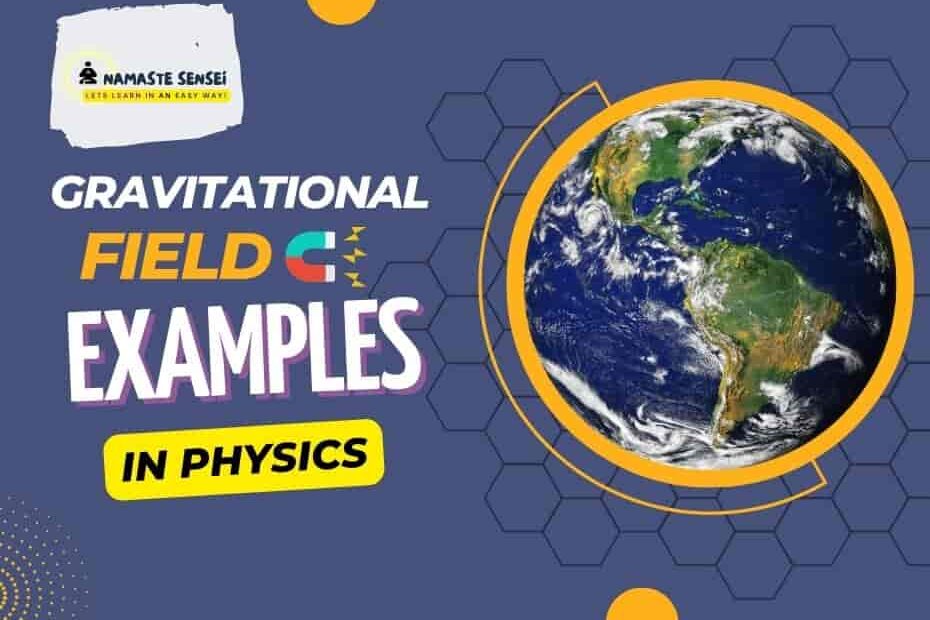Gravitational Field Examples In Physics & Real Life
Here are the top 7 gravitational field examples in physics and real life:
-
The orbit of the Moon around the Earth
-
Planetary orbits
-
Tides
-
Satellite Motion
-
GPS (Global Positioning System)
-
Earthquake Measurements
-
Tsunami detection and warning systems
Gravitational fields are all around us, and they can be found in many objects and situations. From the way objects fall to the way light bends, gravity affects our everyday lives in numerous ways.
In this blog post, we will explore 7 examples of gravitational field in everyday life, providing examples of how gravitational field works and how it affects our lives.
But before you read any further, it might be a good idea to briefly understand what is the gravitational field. It will help you to understand the examples better. If you are already familiar with the concept, you can skip it by clicking on the link below.
What is gravitational field In Physics?
The gravitational field is a concept in physics that describes the influence or effect of a massive object on the space surrounding it.
The gravitational field is a vector field, which means it has both magnitude and direction at each point in space. Its magnitude represents the strength of the gravitational force experienced by an object placed at that point, while its direction indicates the direction in which the force would act on a test object.
The more massive an object, the stronger its gravitational field, and the greater the force it exerts on other objects. The gravitational field decreases with distance from the massive object, following an inverse-square law, which means that the strength of the gravitational field diminishes as you move farther away from the source.
For example, the Earth has a gravitational field that pulls objects towards its center. When you drop an object, it falls towards the ground due to the influence of Earth’s gravitational field. Similarly, the gravitational field of the Sun holds the planets in their orbits.
7 Gravitational Field Examples in Physics & Real Life
I am sure that the concept of the gravitational field is clear to you now. If not, you can comment below. Let us now move on to 7 examples of gravitational field in physics & in real life.
Examples
-
The orbit of the Moon around the Earth:

The orbit of the Moon around the Earth is an example of the gravitational field in action. The Earth has a gravitational field that pulls objects towards its center. Due to this field, the Moon is continuously attracted towards the Earth. However, the Moon also has a forward motion called its orbital velocity.
The gravitational field of the Earth acts as a centripetal force, constantly changing the direction of the Moon’s velocity and keeping it in a curved path around the Earth. As a result, the Moon orbits around the Earth, held in place by the gravitational field. -
Planetary orbits:

In our solar system, planets such as Earth, Mars, and Jupiter orbit around the Sun. The Sun has a massive gravitational field that extends throughout space. This gravitational field pulls the planets towards the Sun, acting as a centripetal force. At the same time, the planets have their own forward motion called orbital velocity.
The gravitational field of the Sun interacts with the orbital velocity of the planets, causing them to move in curved paths. The gravitational force continually adjusts the direction of the planets’ velocity vectors, keeping them in stable orbits around the Sun. The strength of the gravitational field decreases with distance, so planets farther from the Sun experience a weaker force, resulting in larger and slower orbits. -
Tides:

Tides are a result of the gravitational field of the Moon and the Sun acting on Earth’s oceans. The gravitational pull of the Moon and the Sun creates a tidal force that causes the water on Earth to bulge outward, leading to the rise and fall of ocean levels. As the Earth rotates, different parts of the planet experience varying strengths of the tidal force, resulting in the occurrence of high tides and low tides. The gravitational field of the Moon has a stronger influence on tides since it is closer to Earth. -
Satellite motion:

Satellites, like the International Space Station (ISS), are placed in orbit around the Earth to perform various tasks like communication, weather monitoring, and scientific research. The motion of satellites is governed by the gravitational field of the Earth. The Earth’s gravitational field pulls the satellites toward its center, just like any other object.
The gravitational field of the Earth acts as a centripetal force, continuously changing the direction of the satellite’s velocity vector and keeping it in a curved path around the Earth. -
GPS (Global Positioning System)
GPS navigation, which stands for Global Positioning System navigation, is a widely used technology for determining precise locations on Earth. It relies on a network of satellites orbiting the Earth that emit signals containing timing and positioning information.
The gravitational field influences GPS navigation indirectly by affecting the satellite orbits that emit signals used for precise positioning. By accounting for the gravitational field and the timing information from the satellites, GPS receivers can accurately determine their locations on Earth. -
Earthquake Measurements:

Earthquake measurements involve the study and analysis of seismic waves generated by earthquakes. Seismic waves are vibrations that propagate through the Earth’s crust, and the gravitational field plays a crucial role in measuring and understanding these seismic events. Seismometers, the instruments used to measure ground motion during earthquakes, rely on the gravitational field to detect and record the seismic waves. When an earthquake occurs, the ground vibrates due to the release of energy, and seismometers utilize the gravitational field to sense and measure these movements. -
Tsunami detection and warning systems

Tsunami detection and warning systems are crucial for identifying and alerting coastal areas about the potential threat of tsunamis. These systems rely on monitoring and detecting seismic activity and changes in sea level to provide timely warnings. The gravitational field plays a vital role in enabling the operation of these systems.
You have finished the complete article related to 7 gravitational field examples in physics & in daily life. If you have any doubts or queries, feel free to comment below. We will respond as soon as possible.
Or Email Us At [email protected]

